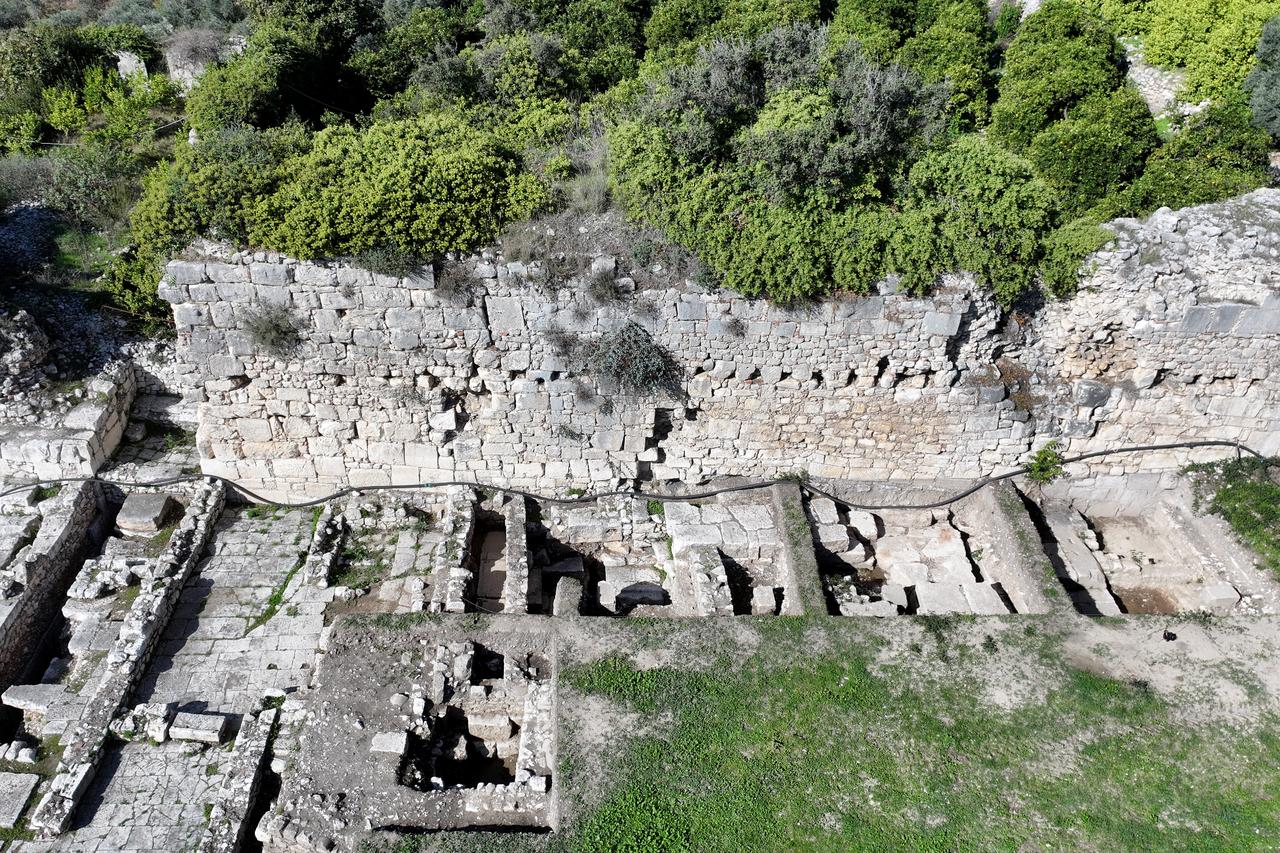
Archaeologists in southern Türkiye have uncovered the long-lost Zeus Temple in the ancient city of Limyra, ending a decadeslong effort to locate a sanctuary that was known from inscriptions but had remained missing since 1982.
The discovery was made during new excavation seasons led jointly by the Austrian Archaeology Institute and the Limyra Coordination Excavation Team under Associate Professor Kudret Sezgin.

The newly revealed section of the temple was found on the western side of Limyra, a major Lycian city positioned at the foot of Tocak Mountain near modern Finike (ancient Phoenix or Phoinix, also formerly Phineka). The site was once the capital of the Lycian Kingdom during the rule of King Perikle and later became a bishopric center in the Byzantine period. Limyra is known today for its high concentration of rock-cut tombs, monumental funerary structures such as the Perikle Heroon, a theater, Roman bath, and several commemorative monuments.
Sezgin noted that archaeological traces point to early urbanization phases dating back roughly 2,400 years. He explained that the temple’s existence had always been clear in epigraphic sources, yet its precise location had never been identified, adding that his team reached the conclusion—based entirely on archaeological evidence—that this was the classical-period Zeus Temple. He emphasized that written sources from later periods also regard Zeus as the chief deity of the city, which reinforced the identification.

Excavations brought to light the temple’s eastern facade, considered its main entrance, along with ante walls that once formed its portico. According to Sezgin, the facade spans about 15 meters. The temple later became incorporated into a Byzantine-period fortification, and the sacred chamber now lies beneath a privately owned orange grove. He stated that work will continue once expropriation procedures are completed.
Ceramic fragments recovered within the area helped push the settlement history of Limyra further back, suggesting occupation as early as five millennia ago. Sezgin said that the discovery has compelled researchers to reconsider long-accepted theories about the city’s development. For example, an earlier propylon—an ornate gateway—found beneath the Roman Street is now understood to have served as the main entrance into the temple’s sacred precinct during the classical era. A fortification previously associated with the Hellenistic period has also been reinterpreted as the temple’s protective boundary wall.
The identification of the Zeus Temple has opened the way for a more accurate reconstruction of Limyra’s ancient topography.